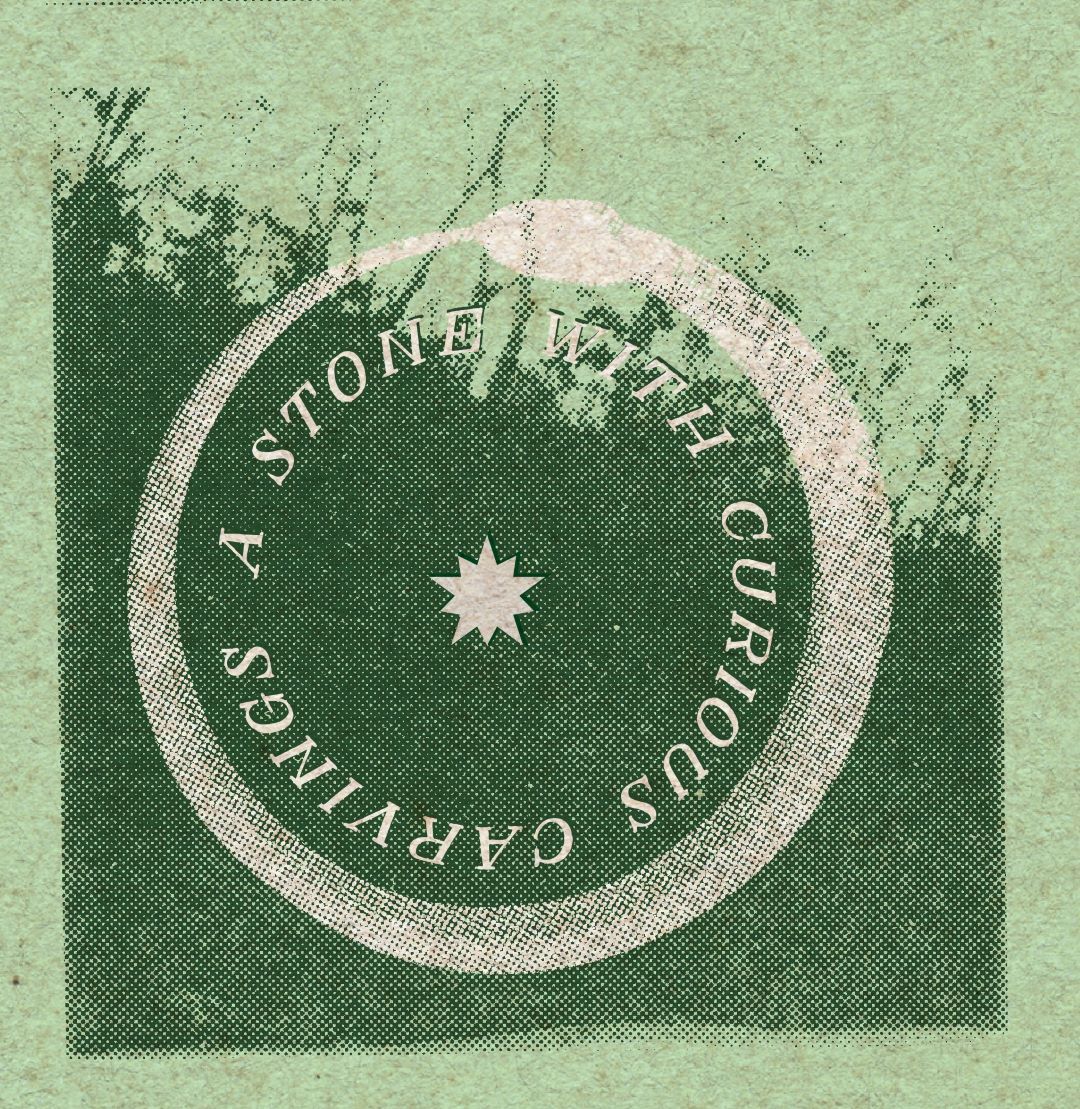The Philosopher's Stone in Philadelphia

Yesterday, I wrote about Johannes Kelpius and his group of mystic monks who moved to Philadelphia in the 1690s to wait for the end of the world. Though the group had Christian inclinations, they also dabbled in esoteric practices like astral projection, astrology and astronomy, and alchemy.
Here's one weird tidbit of the story that I didn't really get into: Johannes Kelpius was said to possess a magical stone (with real philosopher's stone vibes), which he was supposed to have brought from Europe.
Though half of the stone may have been thrown into the Schuylkill River, a 1909 DC Evening Star article recounts the stone's story and suggests that a young woman, Yetta Norworthe of Philadelphia, owned the other half of it.
As the article tells it, Kelpius supposedly found the stone "on the floor of a cave inhabited by vicious serpents" in India (which sounds like a tall tale to me).
But, let's just assume that the article is true. Here's what it claimed:
Kelpius left half of the magical stone in Europe and brought the other half to the colony of Pennsylvania. The stone had “curious carvings, bearing the message of the serpent, symbol of all wisdom.” (The snake references seem like a reference to the ouroboros .)
The article makes wild claims, saying that the "wisdom stone was his constant guide" and "through its powers, real or imaginary, he could read the future, he could conjure up wonderful dreams." Supposedly the stone also "enabled him to wield over his mystic followers an influence such as can hardly be understood today," which has a whiff of mind control (and of creative writing on the journalist's part).
A handful of Kelpius’ followers wanted to inherit the stone upon his death, but he feared that people would use the powerful stone for evil, so he had it thrown into the Wissahickon river.
Kelpius had given specific instructions about the half of the stone that he left in Europe, saying that it should pass down from the male head of the family, and it should only be given to a woman in the family once there was a woman who understood what the stone's mysterious markings meant.
Eventually, one of his distant descendants, Yetta Norworthe, became interested in the occult. As a child, Norworthe began studying the stone. Soon enough, she knew more about it than anyone else, and she convinced her relatives to give it to her. She was the only one who understood its message; she even claimed that she could tell the future using it.
Her occult studies brought her repeatedly to the shores of the Wissahickon, where she meditated and reflected like someone on a pilgrimage, and she said:
I have now progressed to the point where I, too, can conjure up visions, and I am convinced that these are genuine and not merely the imagination of a sensitive and impressionable woman.
I can shut my eyes and produce a most wonderful picture of Kelpius, in his cowl, teaching the lessons of gentleness and humility to the hermit monks that lived with him. There are religious ceremonies the like of which I have never known in this modern world of ours, queer rituals, chanting hymns, odd prayers.
Norworthe goes on to talk about Kelpius, who was very young when he took the stone from the cave of serpents in India. By the time he was twenty-one, he began experiencing dreams and visions, which impressed occultists at the time, who began to follow him. He took his followers to the new world. In fact, one of William Penn’s friends paid for their passage.
She claimed that some followers lived in the meeting house—or abbey, as she called it—but Kelpius chose to live in the cave that's still in the park today.
Toward the end of the article, she said something that sounds very tied to hermeticism and alchemy:
To the mystic the serpent represents the perpetually renovated world, typified by the casting of his skin and the return to a second youth every year. To me the symbol is perfect. The mathematical figure of life is likewise complete in the symbol, where the serpent coils himself into a perfect circle with his tail in his mouth, having neither beginning nor end. This depicts eternity, or more properly speaking, immortality, of which all mystics are assured.
Interestingly, Norworthe also claimed that Kelpius knew that a “woman’s era” would be dawning, which is why he left the stone to her.
I'm a bit skeptical about most of the details of this story. Was Norworthe actually a descendant of Kelpius, or was she just a woman with an interest in the occult who spun a story of her connection to the famous local mystic? Did Kelpius ever have a magical stone, or did someone embellish his story with that alchemical detail?
But whether or not the tale of Kelpius' magical stone is true, it's an interesting nugget of mythmaking.

